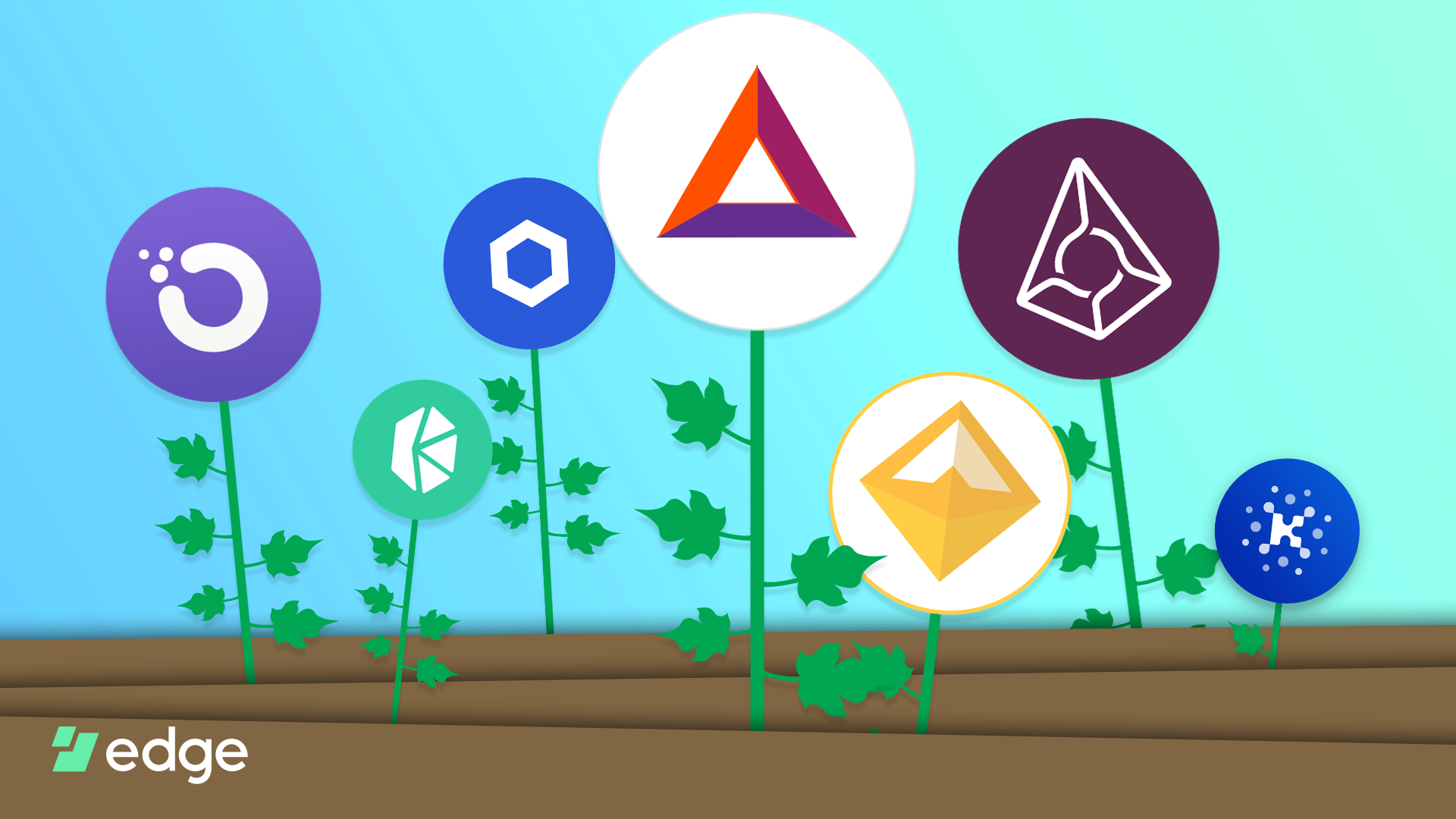Yield Farming
The term “Yield Farming” is techno-financial jargon for maximizing return on assets. Many Ethereum applications have been offering attractive interest (yield) rates and many DeFi users are cultivating this yield in a highly effective manner. Most of the yield is provided by the protocols themselves who mint their own governance tokens and distribute them to users or “farmers” that deposit their assets in the protocol’s contracts. These governance tokens are effectively protocol shares that give the holder some voting power over the protocol going forward.
Yield Farming is a goofy phrase but it does elucidate, in a succinct way, what can be done within Ethereum decentralized finance. Now that a young ecosystem of applications have arisen with non-custodial and automated financial markets, there is a lot of opportunity to have your digital assets accumulate yield with a little savvy, risk taking, and effort.
Ethereum users are taking advantage of DeFi applications early in their life cycles, effectively being paid to be early adopters, but being an early adopter isn’t without its costs. These applications haven’t proven themselves over a long period of time so it pays to be mindful that the risk of losing money could be quite high due to the risk of contract exploits or even malicious teams deliberately scamming.
Liquidity Mining
Yield farming can also be described as liquidity mining, another term that gets thrown around quite a bit. Yield famers provide their liquidity to an application and are in turn rewarded in that application’s native token. Instead of providing hashes or energy for security and consensus like in Bitcoin, a liquidity miner is providing liquidity, a key resource needed by every DeFi application. In addition to attracting liquidity, these applications are able to distribute governing rights over the application itself in a fair and economically rational way.
While the concept of liquidity mining has been around for a while, it has exploded in popularity after Compound launched a token (COMP) that represents this concept. Applications like Compound are rewarding the users who provide the assets needed for a money market to exist providing yield as well as economic and voting power over the protocol via their governance token COMP.
The distribution of governance tokens through liquidity mining helps stretch the locus of power away from the team at Compound Labs, which currently has outsized influence over the application. At the beginning of many of these projects, even Bitcoin, only a few people were involved very early. But what’s important is the architecture that was put in place and the actions of its founders. Are these projects decentralized in all the ways they would like to be? No. Can they be? Perhaps they can. Bitcoin was able to decentralize from an N of 1, and it looks like these early DeFi applications have found a way to attract liquidity as well as additional stewards of the future of theses applications.
COMP Token
COMP is an ERC-20 asset token that can be held, sent, received, and traded in the Edge Wallet. COMP tokens are valued by the market because holders have voting rights over the protocol and have the ability to earn fees from the protocol in the future.
A fixed amount of 0.44 COMP is distributed to liquidity providers of the Compound money market every new Ethereum block. This translates into approximately 2,880 COMP being created each day. The COMP is distributed to users of Compound and is allocated to each market (ETH, USDC, BAT…), proportional to borrowing demand in that market.
Within each Compound market, 50% of the distribution is earned by suppliers, and 50% by borrowers. There are about 4,137,434 COMP left to be mined. 92,514 have already been mined by Compound users.
Coda
Decentralized finance is coming into its own and some early promise is being shown in real time with real assets. Novel ways of creating and interacting with a financial service are happening everyday and gaining steam with every interaction.
The DeFi community has a long way to go, but the emergence of activities like “yield farming” or “liquidity mining” provides outsized yields as well as a mechanism to decentralize ownership and control over these nascent applications.
